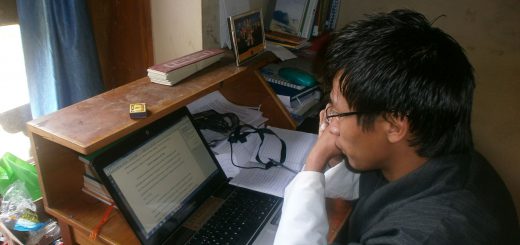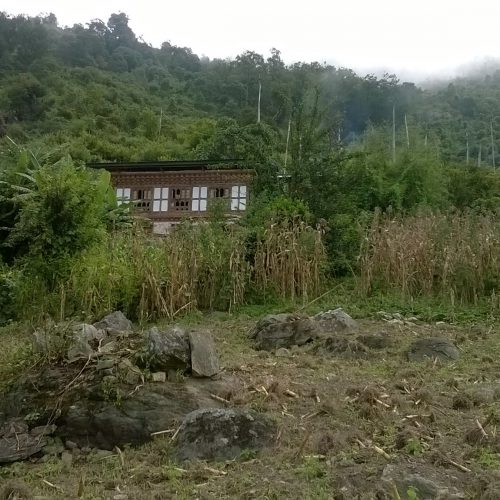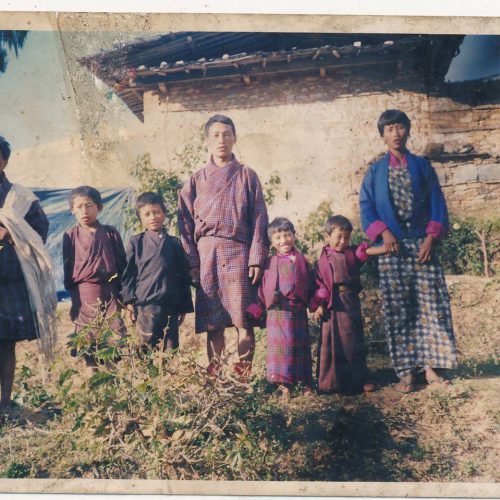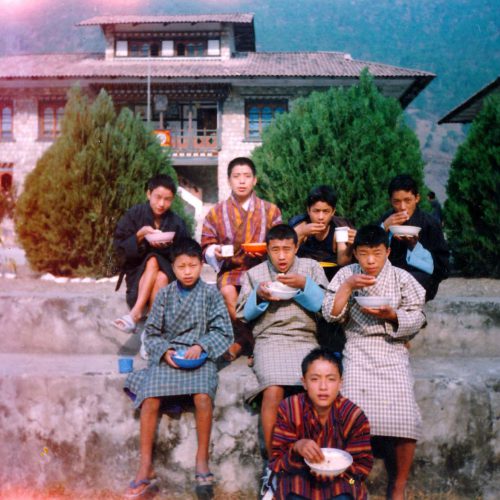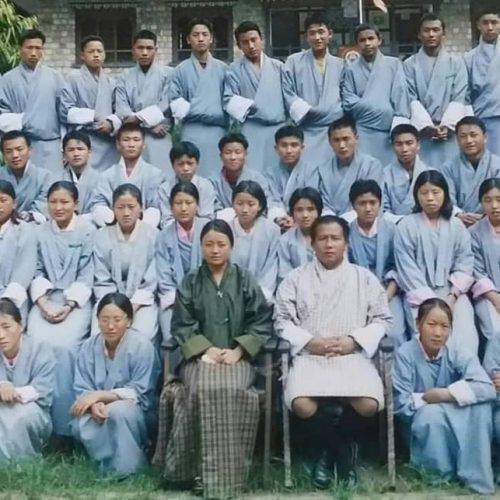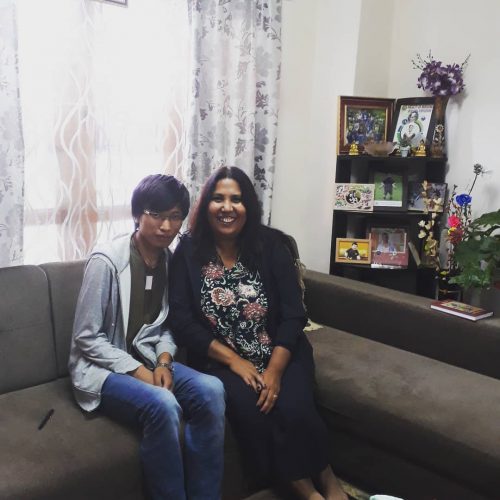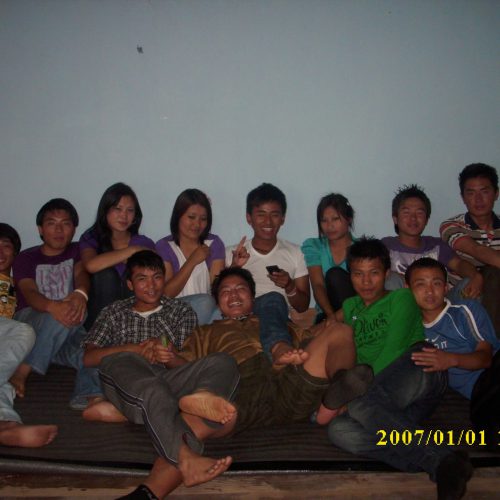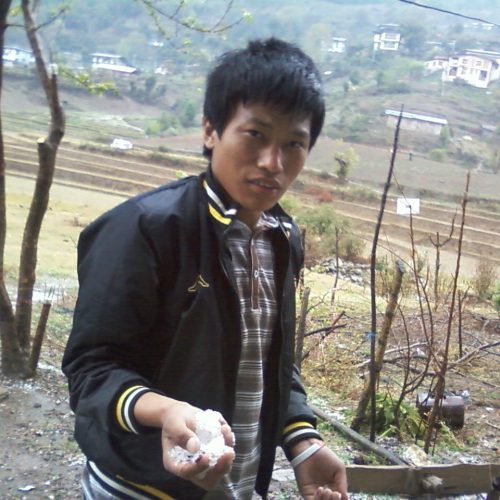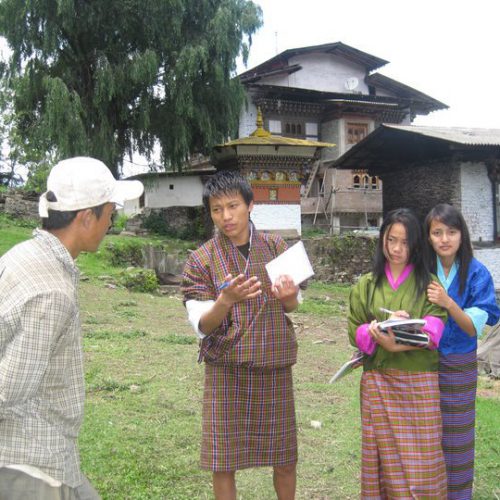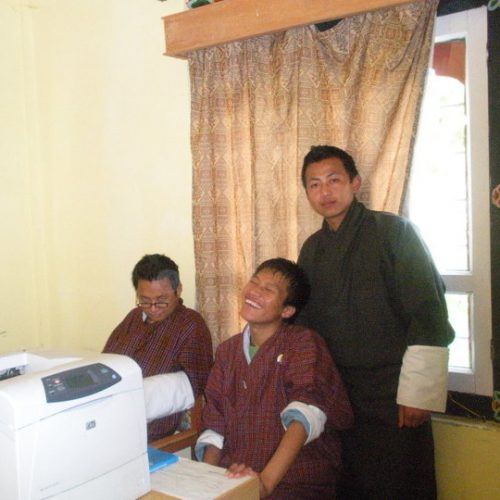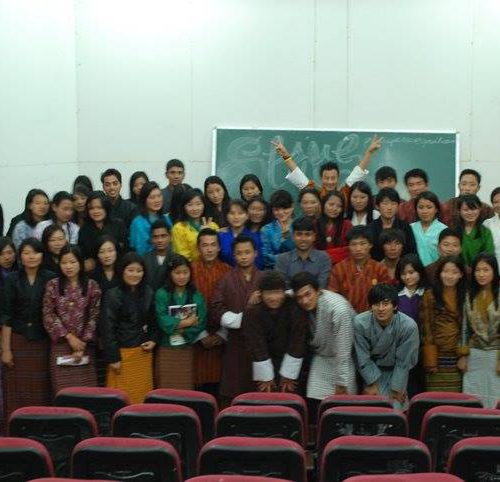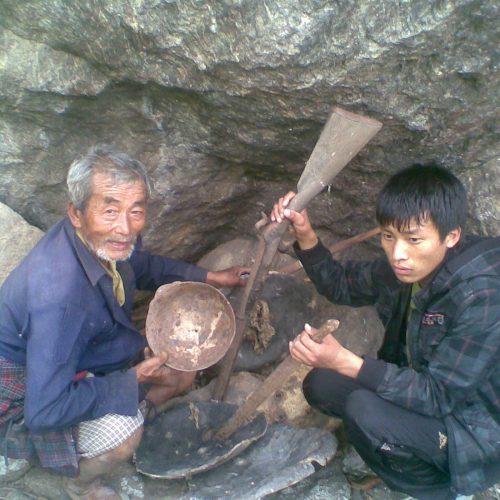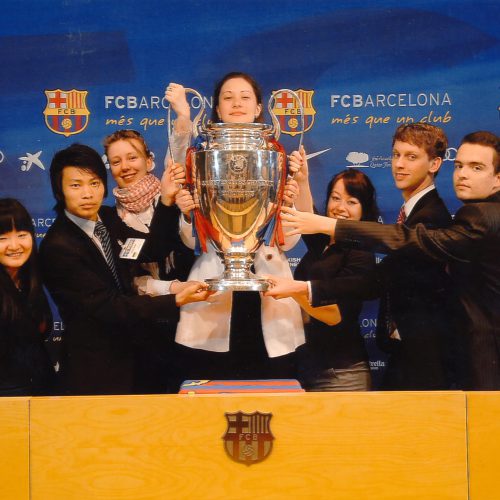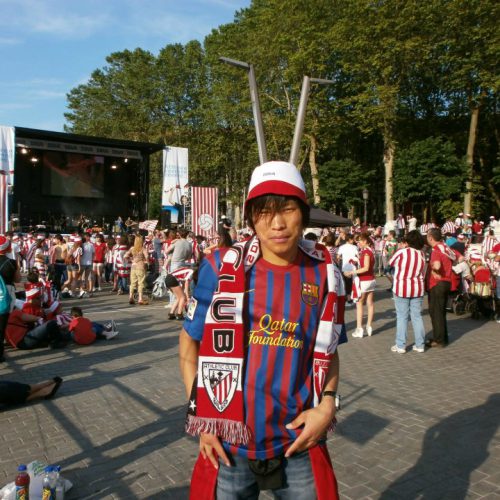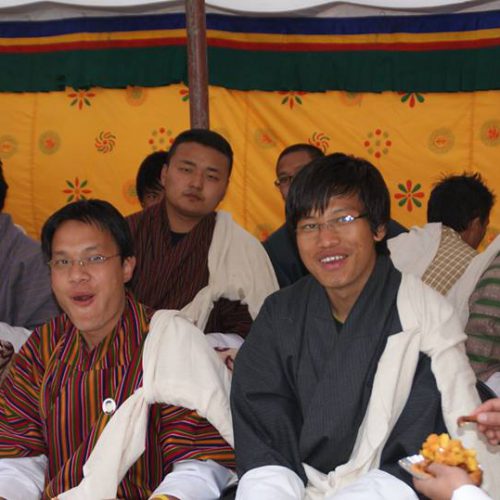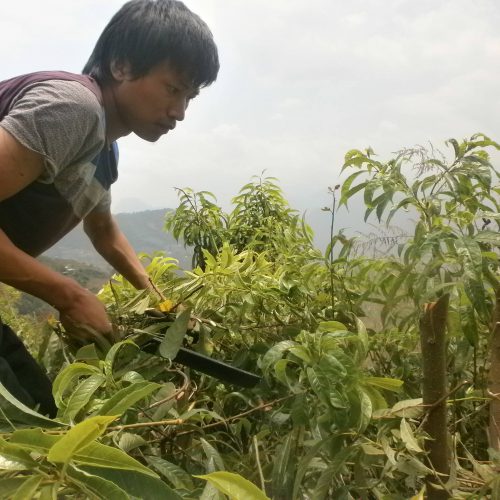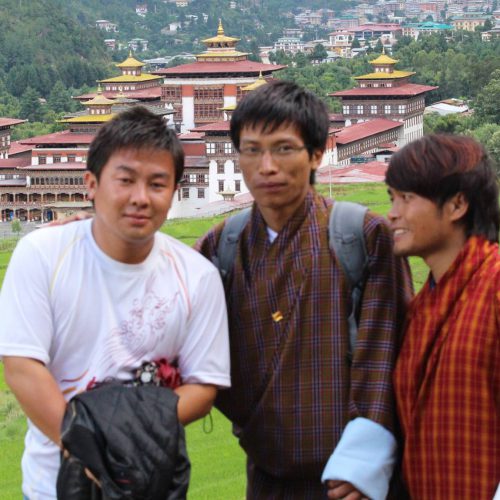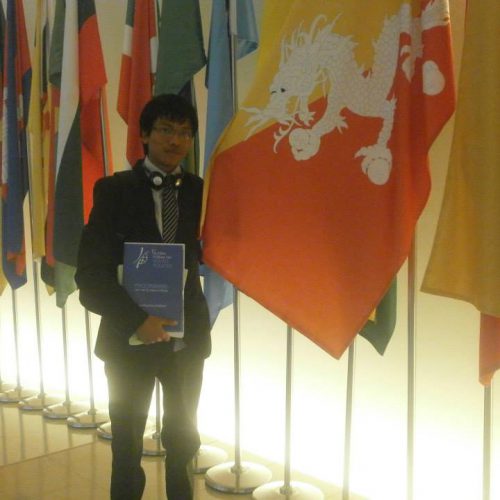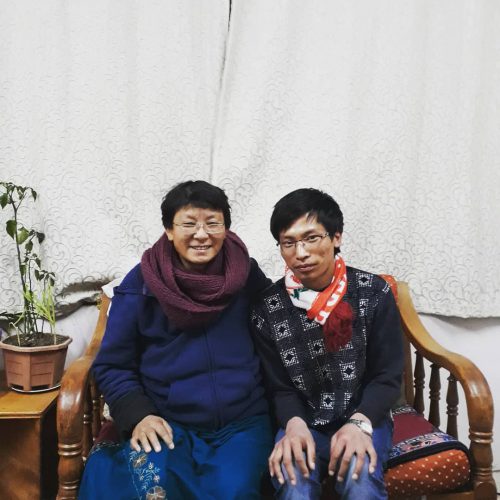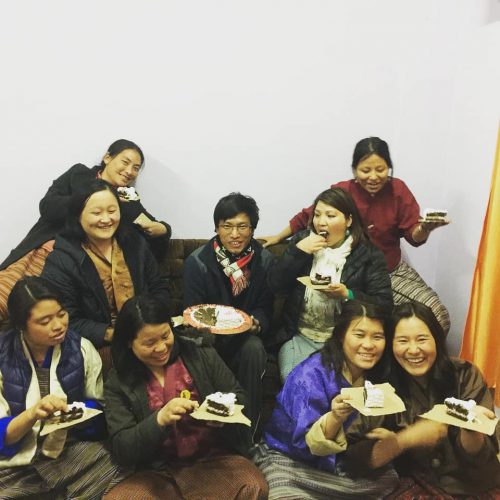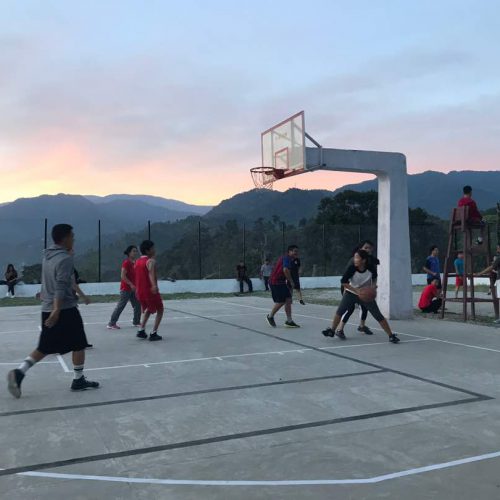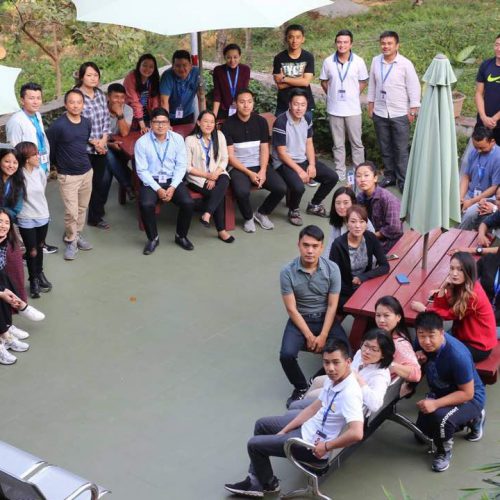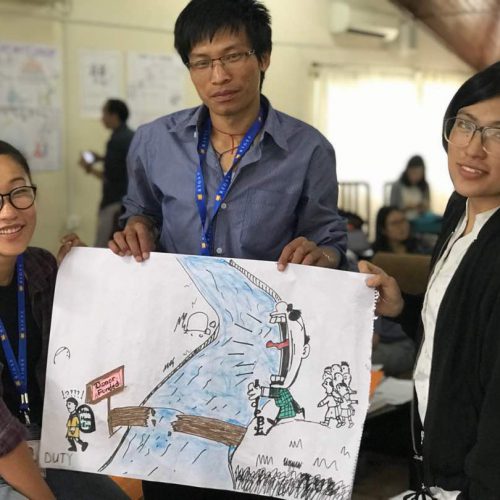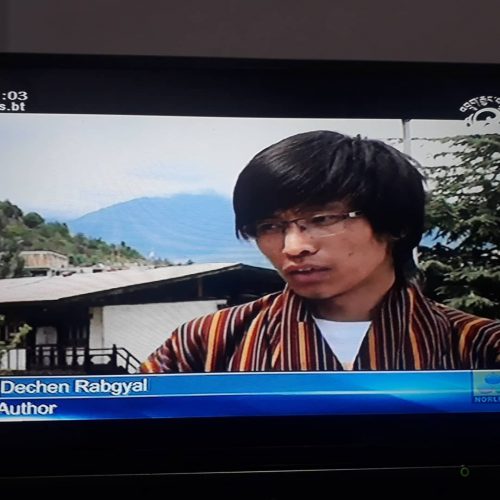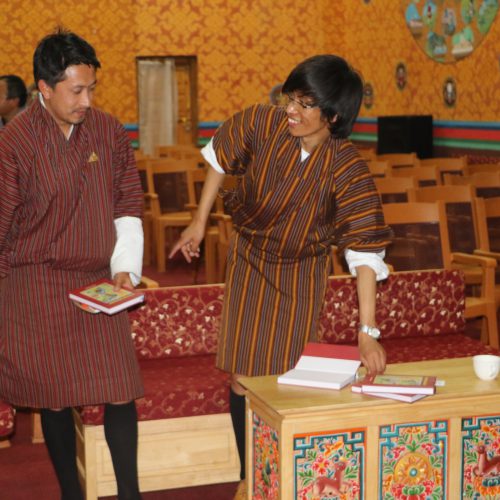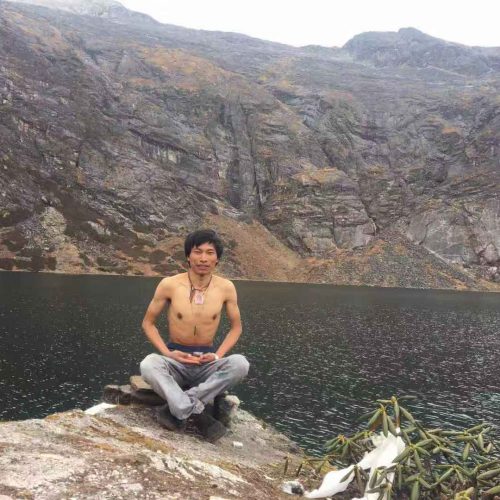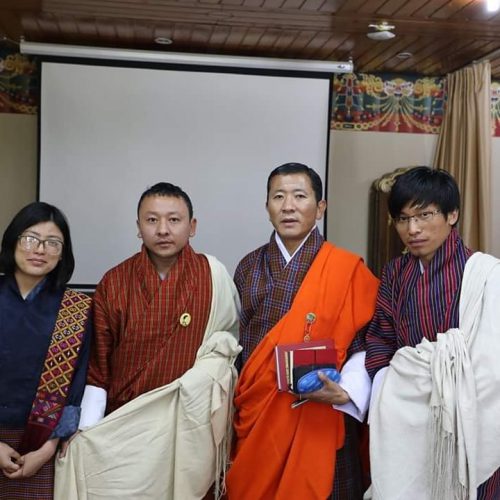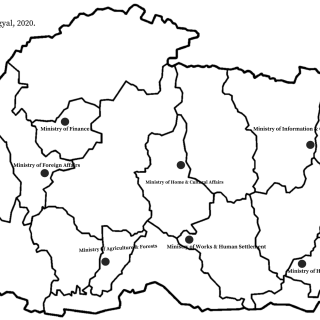Welcome cultures at Sherubtse College
Abstract
Culture is a way of life that influences individuals, society, country and the world at large. It is composed of beliefs, norms and conduct determined by its historical, geographical and economical aspects. Among other cultures, the culture of welcoming is prominent among the large section of the people. Sherubtse College as elsewhere in the Bhutanese community, welcoming of new person is considered important components of social integration. Therefore, welcome culture at Sherubtse College is dedicated to acquaint new group of students to the environment of Sherubtse College draws the minds of various groups of people.
Introduction
Culture is derived from the latin word ‘cultura’ to ‘cultivate’. Culture can be defined as a way of life. According to the German Sociolinguist, George Simmel, culture is the cultivation of individuals through the agency of external forms which have been objected in the course of history. Culture can also be defined as sum total of ways of living built up by groups of human beings and transmitted from one generation to another. Thus, culture encompasses every day affairs of individual and stretches to the conduct of larger human society.
Welcome is a practice of receiving a new person or a group of people to new place, environment and post. Welcome ranges from welcoming of high profile persons to an ordinary man and students. However, the practice of welcoming individuals irrespective of their class, creed, position and influence, differs in different regions and countries. For instance, Prime Minister of India welcomed and received in the United States of America and Bhutan is different. In the United States of America only few bureaucrats come for reception while in Bhutan students, public and officials make lines alongside road to receive and welcome. Further, there are different categories in the culture of welcoming in a country. In Bhutan, there are various culture of welcoming. It includes welcoming of a person to his or her new job, visits of high officials, friends and students to new schools and colleges. Among others, welcoming of new students at Sherubtse College draws attention of many students. Some of welcomes of Sherubtse College are welcome by Forum for International and International Awareness (FINA), Departmental welcome and inter school welcome. Whatsoever, the intention behind welcoming juniors to the College differs in different categories.
Methodology
In order to do this assignment on welcome cultures at Sherubtse College and to make out its truest components, impacts and consequences, I had adopted various methodologies. I passed the questionnaire to nine students of different years; two first year students, three second year students and three third year students, both male and female of different courses. Moreover, I interviewed ten people including two lecturers. In addition, I did observe the gatherings; Departmental, intra-school and welcome games. Furthermore, I did participant observation; I played welcome football match with student leaders in August, 2009, attended the welcome by FINA in July 2009, went to Gyelposhing gathering twice as a new comer in July 2009 and as to welcome new students in August 2010. Besides these I was actively involved in History Department welcome in August, 2010. So my research work has both secondary and primary sources of data. To keep interviewees and questionnaires confidential, I have the coding below;
- Interviewees:
- Lecturers (two) – L1 and L2
- Students (eight) – S1, S2, S3, S4, S5, S6, S7, and S8
- Questionnaire passed:
- Students (nine) – Q1, Q2, Q3, Q4, Q5, Q6, Q7, Q8 and Q9. So to quote their statement in my assignment, I will be using their respective codes.
Culture and society
Culture has immense impact on various social aspects. It affects different fields of social structures such as individual life, organizations, government policies and religious institutions. Culture has great force in establishing social linkages. Through traits of involvement, consistency, adaptability and mission, culture builds various social hierarchies. Denison and Mishra (1995) mentioned, “…Impact of social structure on individuals as well as the part that individuals play in creating those structures.”(p. 205). Thus, practices and customs that had been passed down the generations have innumerable influence on individuals and society at large.
Culture has its hand in determining government policies. Various national plans such as development, trade, education and finance are based on culture that had been existed long before. Although with passage of time, there are some variations yet basic elements remains intact in all those aspects. The allocation of country’s financial resources is also affected by culture. “…Introduce culture as a potential explanation of diversity in financial system configurations” (Kwok and Tadesse, 2006, p.227). Thence, culture influence values and it ultimately retains some of its important values and norms.
Culture also serves as an important tool of cementing various groups of people in the community. It brings different race, class, creed and caste together bounded by single rule of law. Munger (2006) opined, “…Culture creates a preference for cooperation as a primitive, or accommodates incentives that can only be obtained by cooperation.”(p. 131). Hence, culture plays an important role in uniting people.
Culture and new people
Strangers or new people are often greeted and received with great honour and pleasure. This practice is called welcome. Welcome constitute of different categories; the welcoming of high dignitaries, person to the new post, person to the new place and students to the new school. The main reason of welcome is to introduce and acquaint the new people to the task he or she is assigned, place of resident, norms and the conduct of that society. Welcome has different components. It ranges from luxurious party to a formal and simple word of reception.
Welcome is also associated with religion, Buddhism in particular. Shin (2001) said, “Welcoming Descent reflects believers yearning for rebirth in heaven….” (p.31). He described different postures of Buddha and hand in particular symbolizes welcoming of all sentient beings to heaven, the place of eternal peace and happiness. Further, welcome is linked with the giving of birth to second child. Kramer and Ramsburg (2002) proposed “…five or six year old are much more inclined to genuinely enjoy the new baby.”(p.4). They are of the view that mothers work and the age difference with the first child should be taken into account before next child so as to ensure good upbringing and the family betterment. Hence, cultures influence every aspect of human life and society.
Besides these welcome trends, welcoming of students is one of the dominant practices worldwide. In Indiana University, students when they are admitted to the University are taken to various service centers such as Information and Technology center, Library, Classrooms and Offices. Kenneth R. R. Gros Louis, a professor at Indiana University introduced her new batch of students. Louis (1991) in her welcoming remarks, stated, “Best wishes in your search, your explorations for new insights, for fresh perspectives.” (p.6). Similarly, Sherubtse College, one of Bhutan’s premier institutes of learning has different categories and mode of welcoming new batch of students. In includes welcome by FINA, Departmental welcome, intra-school welcome and welcome games. These trends had been prevalent long before and are continuing today. Different welcome practices will be dealt quite a detail below;
Welcome by FINA
FINA is the supreme student body of the college responsible for management of all sorts of students’ activities. It was formed in 1989 to bring whole student under one unit. So FINA is responsible for welcoming new students to the College as well. Welcome by FINA is the first of all welcomes. There, students are acknowledged for their achievement by Director, Senior Lecturers and FINA Executives. Further, there are made aware of College norms, Academic rules in addition to making them aware of various services available. S5 expressed that he felt encouraged and motivated. Therein, students are conscious of their responsibilities and daily conduct.
Departmental welcome
Sherubtse College as the premier institute of learning in the Country has various disciplines of studies, namely; Science, Information and Technology, Economics, Environmental Studies, History and Political Science. These disciplines are segregated from one another by forming departments. Some of the departments are; Dzongkha, English, Geography, Cyber Forum, Science Forum, History and Political Science. Students are placed under particular department based on subjects they study. History Department constitutes students of History combination Dzongkha and History combination Political Science. Political Science Department has students of Political Science and Sociology combination. Thus, varies disciplines are further segregated by placing them under one department.
Every Department organizes Departmental welcome. The main motive is to introduce new batch of students to the department. There, they are told about the Department aims and objectives, services available and extends to some of the College regulations. Speeches are made by Head of the Department, Lecturers and the Department President. To make gathering more entertaining, seniors perform songs and dances. Further, either a simple tea or dinner is served to the crowd with special dedication to the first semester students. Apart from these, a separate time is identified for introducing the new group of students. L2 said that he attended departmental welcome and new students get to know their seniors, lecturers and are accustomed to their department. In addition, S1 expressed that departmental welcome brings the students of same discipline under single unit. Therefore, Departmental welcome brings the students of same discipline closer and creates avenue for mutual help especially in academics.
Intra-school welcome
Sherubtse College as the tertiary education system based institute has students from different schools of different parts of the Country. The College enrolls some of the brightest students of the Country and these students come from different Higher Secondary Schools. However, the number of students qualifying from different Higher Secondary Schools to this College varies depending upon the individuals’ performance not school as a whole. Every year, new batch of students from various Higher Secondary School are admitted to this College. To reiterate feeling of oneness and friendship, intra-school school welcomes are organized by seniors. Some of the intra-school welcomes are; Mongar Gathering, Bayling Gathering, Bajo Gathering and Motithang Gathering. There, first semester students irrespective of course and subject they take, passed out from same Higher Secondary School are invited. Here, second year and third year students are the host. In Bayling Gathering, second and third year students who completed their pre-university from Bayling Higher Secondary School arrange welcome gathering for first semester students who had passed from Bayling Higher Secondary School. Seniors arrange dinner, but first, they introduce each other. They get to know each other more and seniors make obligations to help the new ones in every aspect. S2 shared by attending the intra-school welcome, he came to know some students who he had never came across before and knew more about one’s he already had known. Thus, intra-school welcome bridges the gap between seniors and juniors bringing them closer and enhancing their relationship to work in mutual reciprocity
Welcome games
Sherubtse College has some of the recreational facilities. To mention few, they are football, basketball, volleyball, tennis, table tennis and badminton. Football is the most popular, cherished and preferred than other games. So to introduce fresher to the sporting world of Sherubtse College, welcome through games are being organized. Football and Basketball are two dominant games in which welcome is conducted. Firstly, in the welcome football match, one team each from girl’s side and boys side are formed from third year students and their opponents are from first semester students. Likewise, basketball is played. Further, Departmental welcome matches are played but girls do not play. In Departmental welcome too, only third year students are privileged to play against the new comers first year students of that Department. S3 regards welcome games as an arena to showcase talents of new comers in sports. Thus, new comers experience the true environment and conduct of Sherubtse sporting event.
Other aspects of welcome
Although various welcome practices have been there long before and accepted down the line yet there are some dark sides resulting from these practices. It has negative impact to individuals, group and the institution at large. In the first place, to organize welcome, money of varying amount is collected from students. Sherubtse College has students from different class of family and few they come from poor family background. When they are compelled to pay around Ngultrum (Nu.) 250 to Nu. 300 for every welcome which are conducted simultaneously, these give them immense pressure. Therefore, Q1 termed it as a ‘money come’. Thereby, part of money that can be used for academic purpose is compelled to spend for such purposes.
At the same time, welcome consumes time. Gatherings take more than four to five hours and students who take their studies seriously; their precious time is taken away. Moreover, most of the Departmental welcome are scheduled during weekdays and day time disturbing the flow of regular classes since students are engaged and some times classrooms are used for those organizations. So L1 considers it as the wastage of time. Consequently, large chunk of time is diverted from the primary duty of every individual; otherwise he or she could have spent studying.
Welcome practices also breed the feeling of superiority. Welcome games particularly football and basketball makes first semester feel down trodden. In the field, seniors are too aggressive to the extent that they do not bother where their kick hits. In addition, harsh words are directed towards the new comer players. On top of that, referee and at the same time audience dominated by third and second year students are on the side of third year players. For that reason, S7 regarded these practices as an indirect ragging. Taking these natures; biased decision, violence and no respect for opponents, the spirit and essence of sport is lost. Furthermore, especially after welcome games, players go for dinner. Seniors orders the dinner of various items and at last juniors are made to clear the bill. In some cases, an individual have to pay around Nu. 400. Considering these inequalities between the seniors and juniors in which juniors are victims, welcome games is eyesore of outsiders, more specifically, students of other equivalent institutes namely; Paro College of Education and Samtse College of Education. So welcome games creates avenue where seniors proclaim their seniority as a result, widens the gap between seniors and juniors.
Conclusion
Sherubtse College; the peak of learning in the Country has various cultures. Among others the practice of welcoming new students is one of the prominent and highly regarded by Sherubtseans. There are different modes and levels of welcoming new students to the College. These includes general welcome by FINA and the administration, Departmental welcome to introduce first semester students to their respective fields and area of study, intra-school welcome intended to reiterate the feeling of one ness and to develop the arena where they can help each other. In addition, welcome games drive new students to the recreational world of Sherubtse College. Thus, welcome practices seek to establish unity, integrity and reciprocity among the students of the College.
However, there are some negative effects of these welcome trends. The financial pressure on the students coming from poor family backgrounds, inequalities among the students and discrimination of first semester students are short comings of welcome practice. Not only are that, wastage of time and disturbance to the regular flow of academic session major affects of welcome culture. Hence, welcome cultures sometimes fail to abide by rationality, morality and humanity.
Therefore, although welcome culture has passed down many years yet some evaluation and modifications is required to make it more rational, sociable and memorable. The Departmental welcome must not be conducted at the cost of academic learning. Secondly, the gathering is required to keep simple instead of grand dinner spending large amount of money. Further, to clear the bill, both seniors and juniors need to share as to reduce the financial burden of one group as Q3 proposed. Moreover, in sports field, equality and respect for each other need to be checked to promote the spirit of sports. Hence, these will ensure and embrace all qualities of ‘Good Welcome’ as reckoned by Q4. However, Q9 limits it to considering welcome cultures as ‘cyclic’ circumstances where every one of Sherubtseans is bound to pass through these fates.
Recommendations
Having experienced various welcome trends of Sherubtse College, I would like to make following suggestions;
- Equality: In the welcome games, third year players need to respect their opponent, first semester students and do away with speaking harsh words and referee need to be fair instead of their prejudice. Out side the field, especially for dinner, both teams should share the cost.
- Rationality: Welcome practices need to be rational. Classes should not be called off to organize welcome, specifically Departmental welcome. One welcome session should not affect others, classes, individual primary duties and groups. One Department cannot afford to request the other class to be called off and use the classroom for welcome session.
- Time conscious: Welcome gathering particularly intra-school welcome need to be aware of time consumption. Most of the gatherings last for four to five hours and some even goes to one day. There, students who have genuine mind to study and are conscious of their time, their valuable time indeed, asset is lost.
Therefore, if above recommendations are merged to the existing welcome cultures of Sherubtse College, then welcome would be memorable, rational and justifiable to call it as ‘welcome’.
References
Culture. (n.d). Retrieved August 5, 2010 from http//: www.wikipedia.org/wiki/culture.
Denison, R. D. & Mishra, K. A. (1995). Toward a theory of organizational culture and effectiveness. Retrieved September 28, 2010 from http//: www.jstor.org/stable/2635122
Kramer, L. & Ramsburg, D. (2002). Advice given to parents on welcoming a second Child: A critical review. Retrieved September 21, 2010 from http//: www. jstor.org/stable/3700293.
Kwok, C. C. Y. & Tadesse, S. (2006). National culture and financial systems. Retrieved September 25, 2010 from http//: www.jstor.org/stable/3875157.
Louis, K. R. R. G. (1991). Welcoming remarks. Retrieved September 29, 2010 from http//: www. jstor. org/stable/25547/10
Munger, M. (2006). Preference modification vs. incentive manipulations tools of terrorist recruitment: The role of culture. Retrieved September 23, 2010 from http//: www. jstor. org/ stable/30026637.
Shin, J. M. (2001). The face – to – face advent of the Amitabha triad: A fifteenth century welcoming descent. Retrieved October 2, 2010 from http//: www. jstor. org/stable/2009712.


